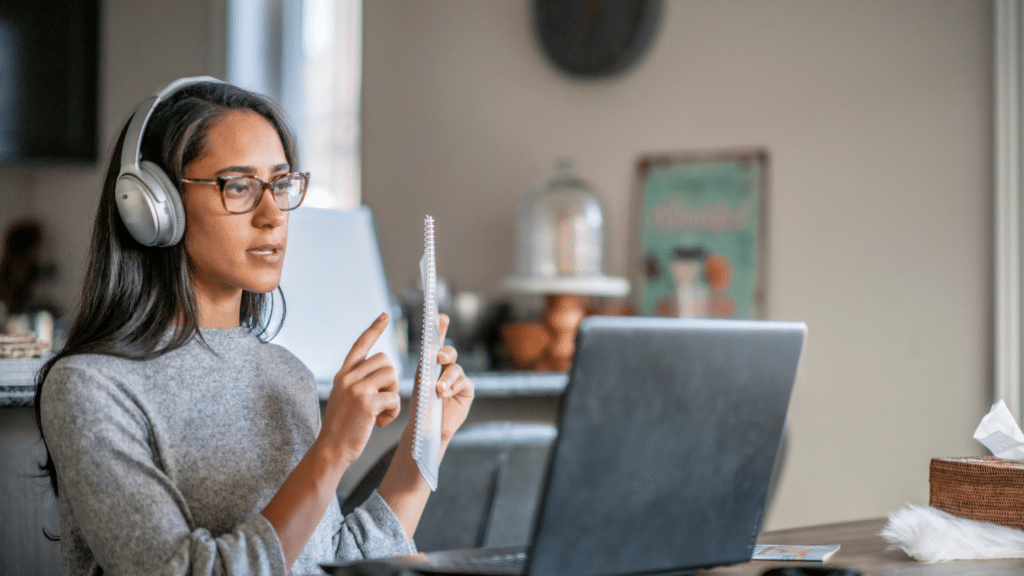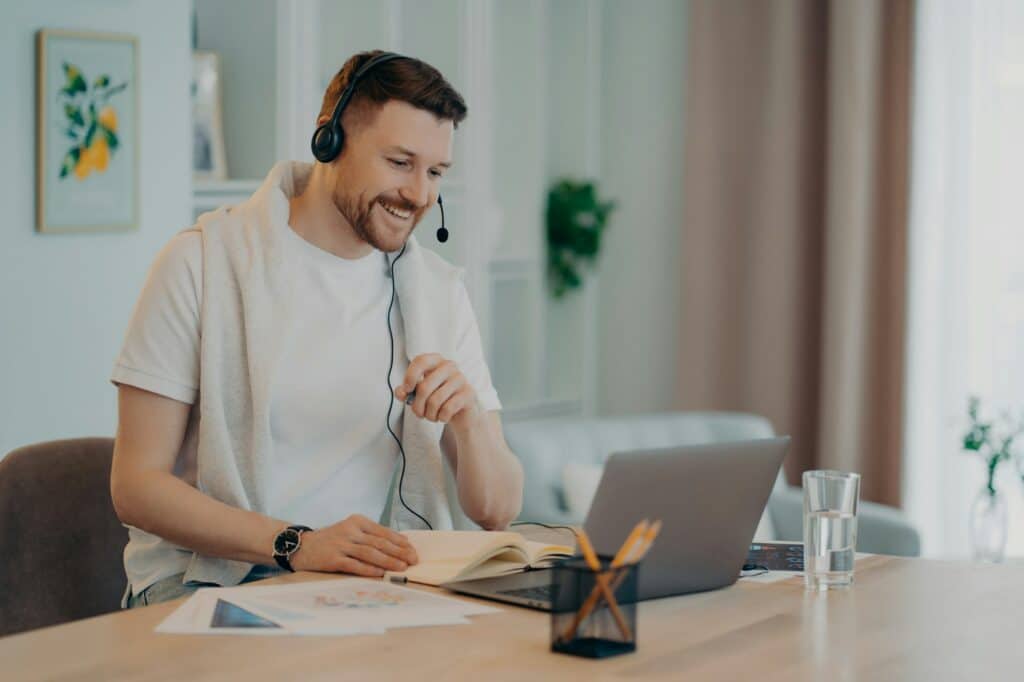
Language Teaching Strategies: The Talking Hands
My name is Paula. I am an ESL teacher. I enjoy helping my students on their journey towards learning English. Over the next few blog entries, I will be sharing some of my techniques that have been helpful when teaching language acquisition. Although I will be addressing these strategies from an English teaching perspective, these methods are helpful in teaching other languages as well.
Total Physical Response (TPR) was developed by James Asher. The idea is simple. You use your whole body to aid with communication when teaching language. TPR is very useful for teaching vocabulary, especially action words. In addition to being useful for helping students understand the meaning of words, it can also help them to form word associations with the action.
If you have taught young children in almost any setting, more than likely you have used TPR. Across the world educators teach students catchy tunes and encourage movements that reflect the words of the song. When teaching language TPR is used in a similar way. Effective TPR allows you to communicate meanings wordlessly.
You are teaching the verb “to walk”. You mime walking. This is basic TPR. Now you progress to the word run. By miming the action of running the student can understand the difference between the verbs. The beauty is it doesn’t stop there! Let’s say you are teaching a higher-level student. The student already understands the word walk, and you are now progressing to adverbs. You use TPR to demonstrate the sentence “I walk quickly.,” and “I walk slowly.” Your student can visualize the meaning of the adverb. Being the fantastic teacher you are, you decide to have the student create a sentence using a new subject. You act like a dog running around the room. The student understands and says, “The dog runs quickly.”
TPR shouldn’t be used only for verbs. As demonstrated, it can be used to teach nouns, adjectives, even demonstrative pronouns. I use my hand to represent this and that. Keeping my hand closed I place it next to my face and say “this.” For “that” I stretch back as far as I can and say “that.” Using the same body actions, I use an open hand and wriggle my fingers for these and those. I encourage the student to mimic the hand motions. I will consistently use the same hand motion when teaching my student. This helps to build the word association. The consistency of movement helps to trigger the student’s memory. The student begins to form language habits based using the visual you have provided.
TPR is also a great way to non-verbally communicate to the student on their accuracy. Using fingers to replicate a checkmark signifies “yes,” whereas 2 fingers forming an X signifies “no.” Using this technique helps to build a student’s skill at self-correction.
As is true with all multi-cultural classes, it is important for the teacher to be aware of a student’s culture and to be cautious not to use hand gestures that may have different meanings internationally. This is the reason as to why I use fingers to represent “yes” and “no” verses thumbs up or down. Cultural awareness is extremely helpful when teaching secondary languages.
At first it may feel uncomfortable to use TPR. The actions demonstrated do not have to compete with a street mime, they only need to clearly demonstrate meaning. In time a teacher will develop their own style with TPR. Personally, I tend to be theatrical in my delivery when working with children. I adjust to a more subdued style when teaching adults. Whatever your style I highly encourage you to use TPR in any language classroom.
I’d love to hear your thoughts on how you teach… or if you are a student learning from a teacher, what methods have helped you learn?





Responses